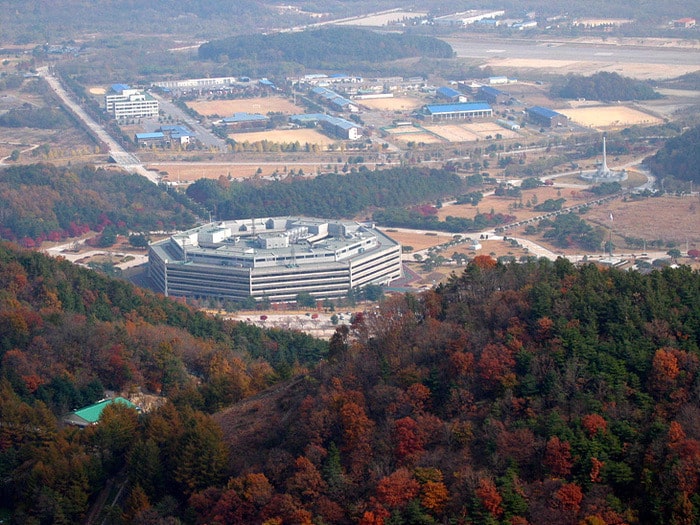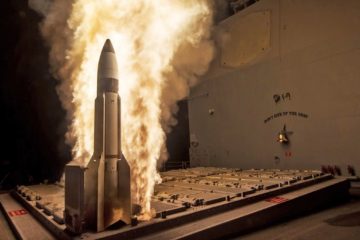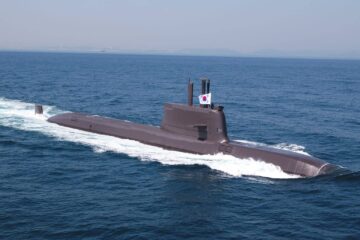Reorganization includes the creation of a Maritime Unmanned Forces Command, creation of a "Naval Kill Chain" and making the Republic of Korea Marine Corps a fourth branch of the military.
The Maritime Unmanned Forces Command will consist of an unmanned surface vehicle flotilla, unmanned underwater vehicle flotilla, and unmanned aerial vehicle flotilla. The move comes as development on South Korea’s anti-submarine warfare unmanned underwater vehicle accelerates, with the ASWUUV platform undergoing tests in July.

The ROK Navy emphasized, however, that the transition will be gradual. Unmanned vehicles currently account for around 1% of the Navy’s assets. The service hopes to increase this to 9% and 28% by the mid 2020s and 2030s respectively, with the command becoming fully operational by the 2040s at which point unmanned assets will make up 45% of the entire fleet. Personnel composition will change accordingly, with the percentage of conscripted troops falling from the current 37.1% to 20% in the same time frame.
“The Navy will create a mobile maritime three-axis force and pursue the development of advanced manned and unmanned systems based on artificial intelligence technology.”
Lee Jong-ho, ROKN Chief of Naval Operations
The ROK Navy also announced that a “Naval Kill Chain” will be created as part of the military’s “three-axis” strategy, in order to deal with the threat posed by North Korea. Under the Kill Chain doctrine the South Korean military will launch a preemptive first strike if a nuclear attack by North Korea seems imminent. The naval variation of the strategy will involve the use of KSS-III submarines, next-generation maritime patrol and reconnaissance aircraft, and anti-submarine helicopters. It is likely that the new “submarine killer” Naval Air Command created in July this year, will play an integral role in this strategy. The renewed emphasis on the maritime element of the Kill Chain doctrine comes amid growing concern regarding North Korea’s submarine launched ballistic missile capabilities.

The two other elements of the three-axis strategy, the interception of missiles that have already been launched and a massive conventional retaliatory strike against the North Korean military, will also be incorporated into future ROK Navy planning. ROKS Jeongjo the Great, the lead ship of KDX-III Batch-II, will form the backbone of future ballistic missile defense. Massive retaliation will be carried out by all of the ROK Navy’s forces working in consort, including future assets deployed in space and cyberspace.
The possibility of making the Republic of Korea Marine Corps (ROKMC) a separate branch independent of the ROKN was also broached during the audit. Currently, the ROKMC, led by a Lieutenant General, is part of the ROK Navy line of command.
“We are evaluating the possibility of creating a fourth branch of the military in the medium to long term.”
ROKMC statement
The proposal echoes the campaign pledge made by President Yoon Suk-yeol earlier this year. Officials added that more work will need to be done before such a reorganization can occur. The ROKMC stated that it will conduct joint research with the Ministry of National Defense on the issue starting next year.






